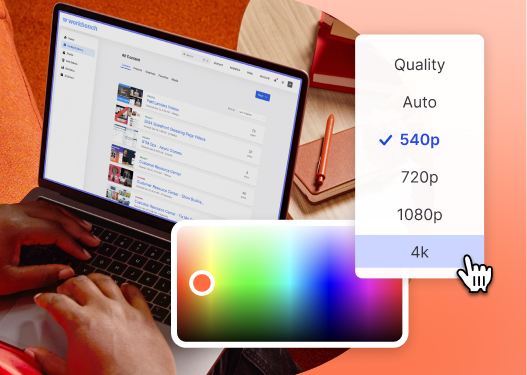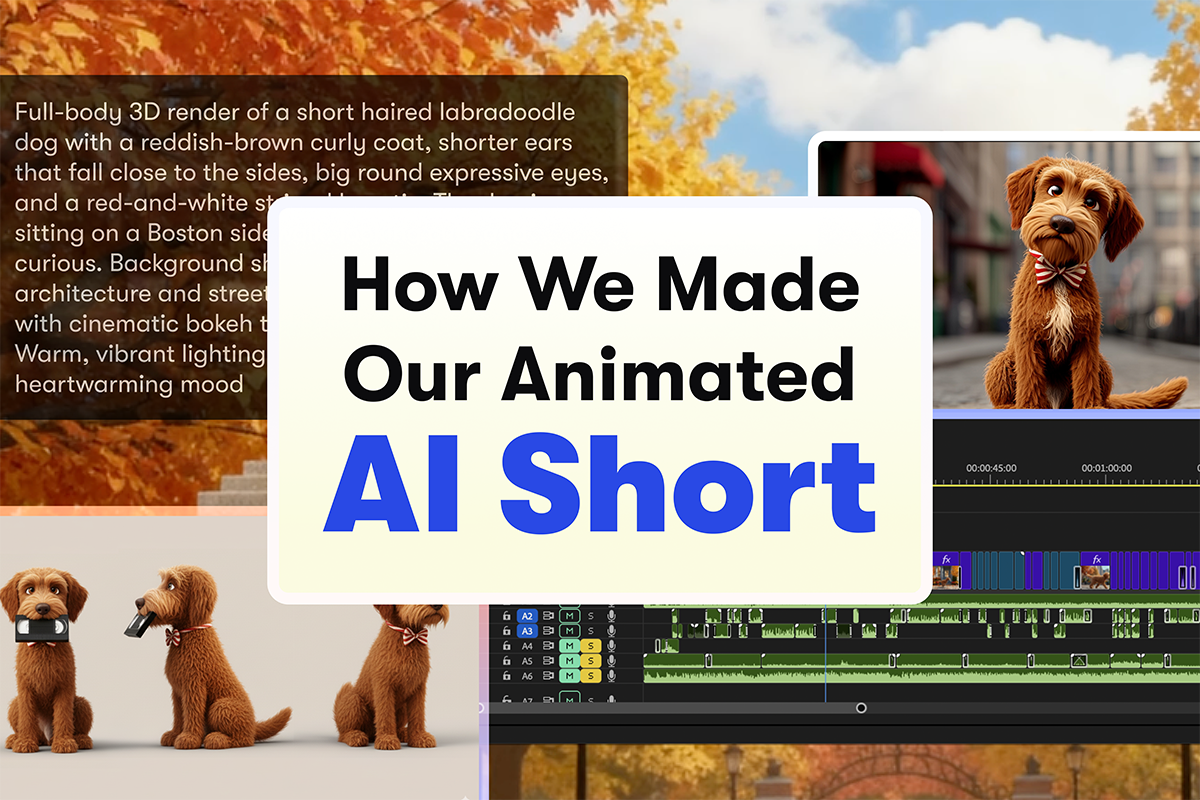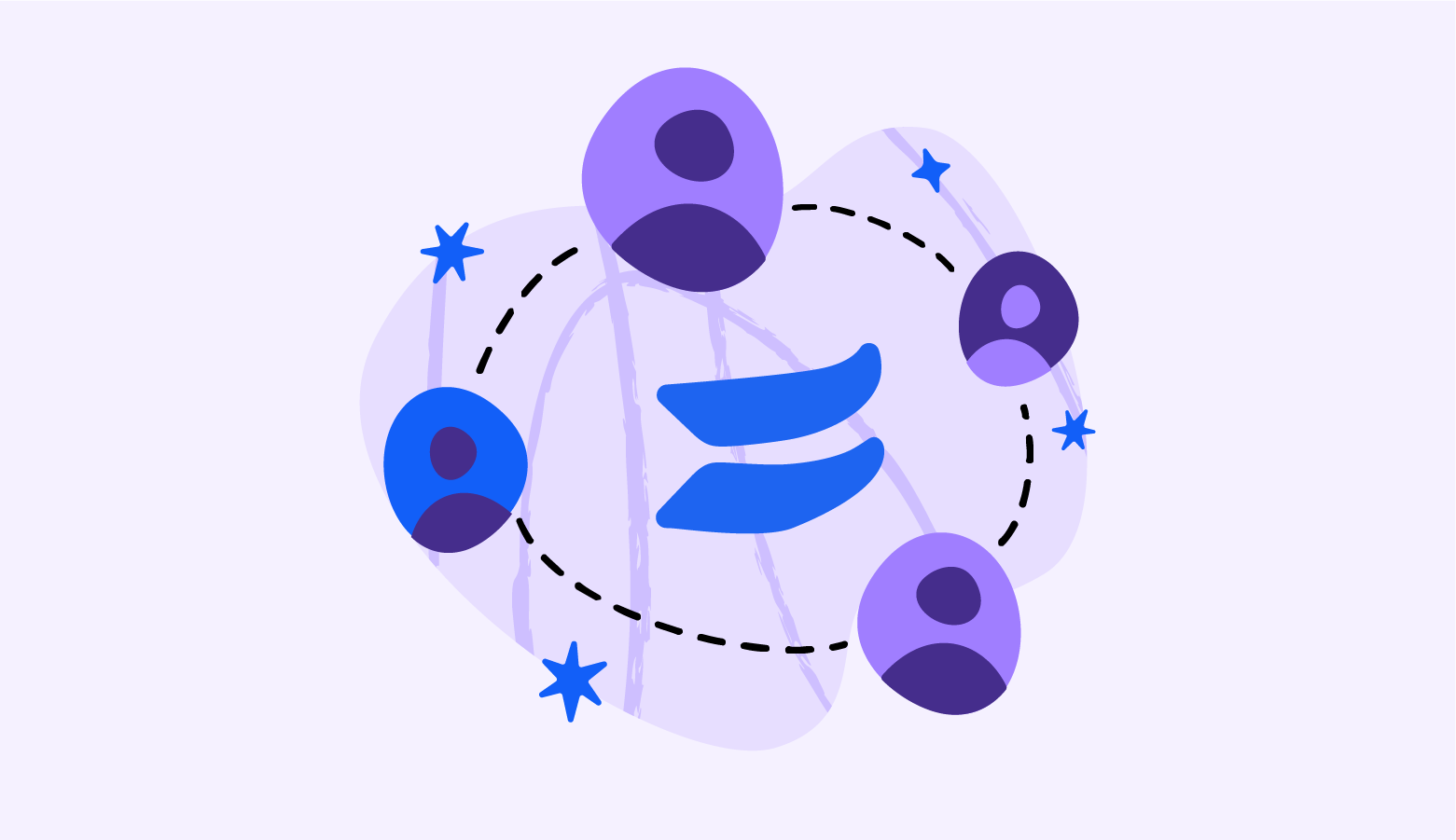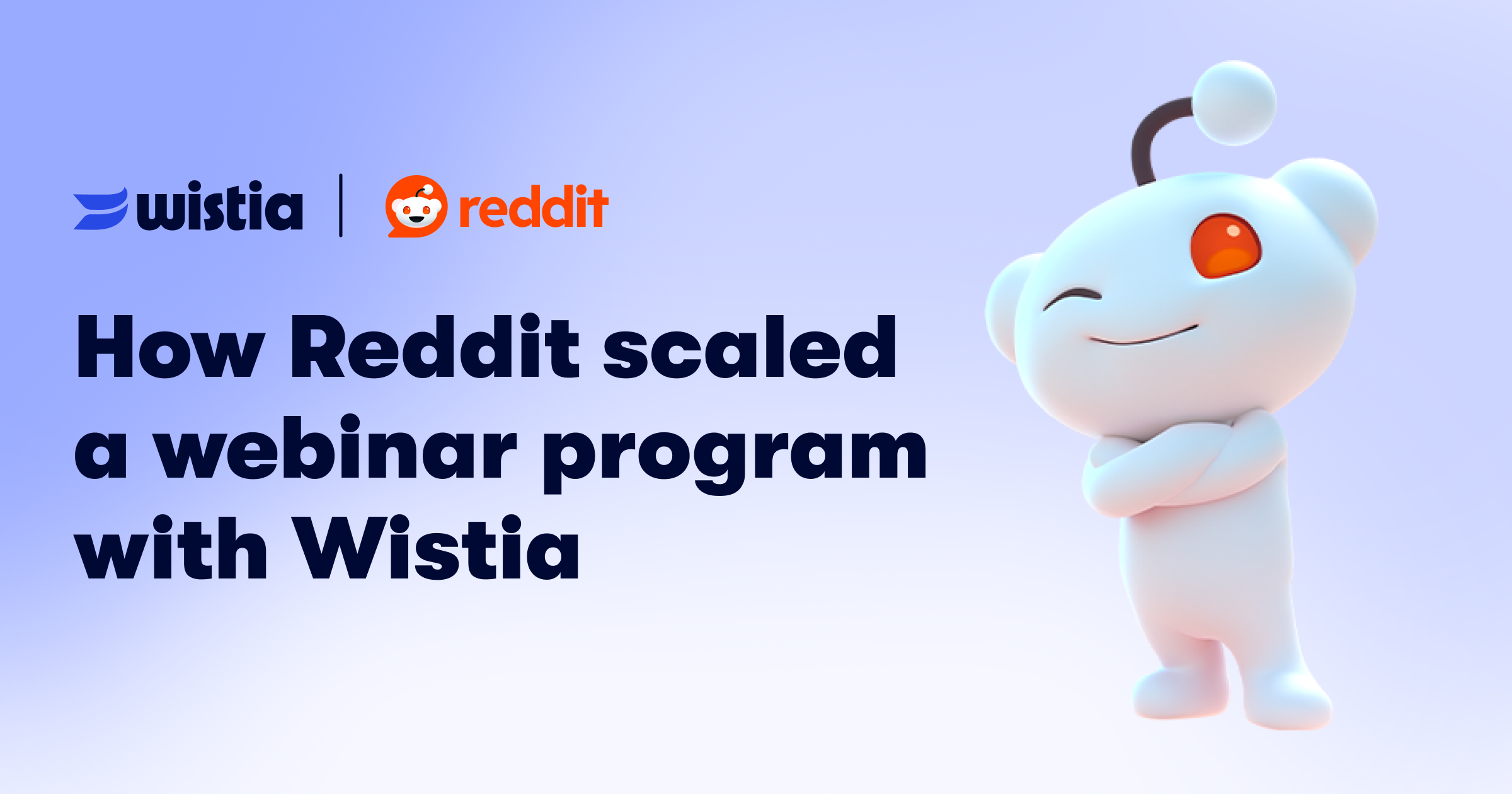Can I Turn off Ads on My YouTube Videos? What YouTube’s Right to Monetize Means for Businesses
November 24, 2020
Topic tags
YouTube recently announced that it’s adding the Right to Monetize to its Terms of Service. What does that mean, exactly? Well, the update is just what it sounds like — YouTube can now show ads on all videos across all Channels, even if you’re not enrolled in the YouTube Partner Program. In other words, if you have videos on YouTube, there will be ads in front of them. Not only will they be able to profit off these ads, but notably, they’ll be retaining 100% of that profit.
“YouTube can now show ads on all videos across all Channels, even if you’re not enrolled in the YouTube Partner Program.”
Be sure to read the full release notes for all the details, but in the meantime, here are some quick answers to the questions we bet you’ve been mulling over these past few days. Here’s how YouTube’s update will affect videos hosted on the platform and what it means for your business.
What does this ad update mean for SMBs?
To put it simply, it means that if you upload any video content to YouTube, Google — the platform’s parent company — can do with it as they see fit. Primarily, this means selling ads against it. What types of ads? And from what companies? This is left to YouTube’s discretion. So, your competitors (or really anyone willing to pay the price to access your audience) can run ads on your content.
“So, your competitors (or really anyone willing to pay the price to access your audience) can run ads on your content.”
Because users of the platform no longer have the ability to turn off ads on their content, those that use YouTube to embed videos on their site, for example, have no control over what the experience is like for viewers. A site visitor may navigate to your product page, click to watch your product overview video, and then get served an ad from your competitor instead.
Regardless of who advertises on your content, if you’re using YouTube embeds on your site, the experience is still less than ideal for the audience you worked so hard to drive there. Not only is the experience distracting, but the lack of control over who can advertise there means you can unknowingly create some pretty off-brand experiences on your site.
How does this affect businesses that are building an audience on YouTube?
Ads can be displayed before, during, or after any content hosted on the platform. And with this update, YouTube can monetize any video, as long as it meets its ad-friendly guidelines. For those trying to build an audience on their YouTube Channel, this change to YouTube’s Terms of Service means you no longer own or control your content.
If your business is just getting started with building an audience on the platform, your videos will now be disrupted by ads that interrupt and often annoy your viewers. Showcasing ad-free content as you try to grow your audience can be a big plus for creators with small audiences — after all, what viewer doesn’t love free content that truly feels free? Without ads, you can spend more time focusing on making the content the best it can be, encouraging viewers to continue to watch more of your content.
YouTube is great for uploading clips, trailers, and other secondary content types where you can benefit from the platform’s reach without giving everything away. For businesses, in particular, uploading the valuable content you create to YouTube in full means seceding total control to the platform.
“For businesses, in particular, uploading the valuable content you create to YouTube in full means seceding total control to the platform.”

All-in-one Video Platform
Create, Edit, And Host Videos
Why did YouTube make this change?
Let’s acknowledge the elephant in the room — YouTube is free. There are costs that come with running the business, and YouTube is continuing to look for ways to monetize their platform.
If you’re unfamiliar with the YouTube Partner Program, this was a way for YouTube creators to receive revenue shares from the platform based on ads shown on their content. Google would keep 45 percent of all YouTube advertising, with the remaining 55 percent going to the creators themselves. To qualify, creators needed to have more than 1,000 subscribers and 4,000 hours of video content consumed on the platform in the last 12 months.
Why does this matter? According to a recent report from Pex, almost 90% of content uploaded to YouTube never surpasses 1,000 views (see chart below). Clearly, YouTube is looking for a way to monetize all of this low hanging fruit. Right now, the profit from all of that content is left on the table.
Now, let’s take a look at how 1,000 views — where 90% of content tends to hover on the platform — relates to the 4,000 hours of video consumption needed to qualify for the YouTube Partner Program.
Zach Snyder breaks this down in his medium article from a few years ago.
“We know that 4,000 hours of Watch Time is equal to 240,000 minutes. Technically you could put out 1 video every 2 weeks and end up with 24 videos by the end of the year. If you can get each of these videos up to 1,000 views apiece, then you’ll be able to make the required amount of Watch Time.”
How many businesses that upload content to the platform would be able to sustain this level of content creation? How many companies could guarantee 1,000 views on each video every two weeks? Chances are, for small to medium-sized businesses, you probably won’t qualify for the YouTube Partner Program, where you could at least get a piece of that ad revenue. Now, YouTube is ensuring they make money off your content, regardless.
Proceed with caution (and a specific YouTube strategy)
These changes are currently being rolled out for US channels, while the terms of service will apply in all other territories from mid-2021. It’s important to remember that YouTube is a social media platform as much (if not more so) as it is a video hosting platform.
As YouTube continues to look for ways to monetize, we have to take a closer look at how those efforts impact the content hosted on that platform, and subsequently, the content that’s embedded on business' websites. Use the platform strategically as part of a broader marketing strategy, and remember — the answer to the question, “Who should own my content?” should be you.






